Looking for some gothic Halloween inspiration this October? There are plenty of dark and brooding-looking plants that will satisfy the most spooky obsessed among you. Here is a selection of our favourites, which will easily transform a light-filled garden into a cavern of doom.
For something a little less dark, why not try our pots for autumn colour or these ideas for making autumn wreaths.
Salix daphnoides

A fast-growing willow that quickly produces violet-purple wands, clothed in purple bloom, from annual coppicing in spring. Perfect for witchy foliage.
Erysimum cheiri ‘Blood Red’
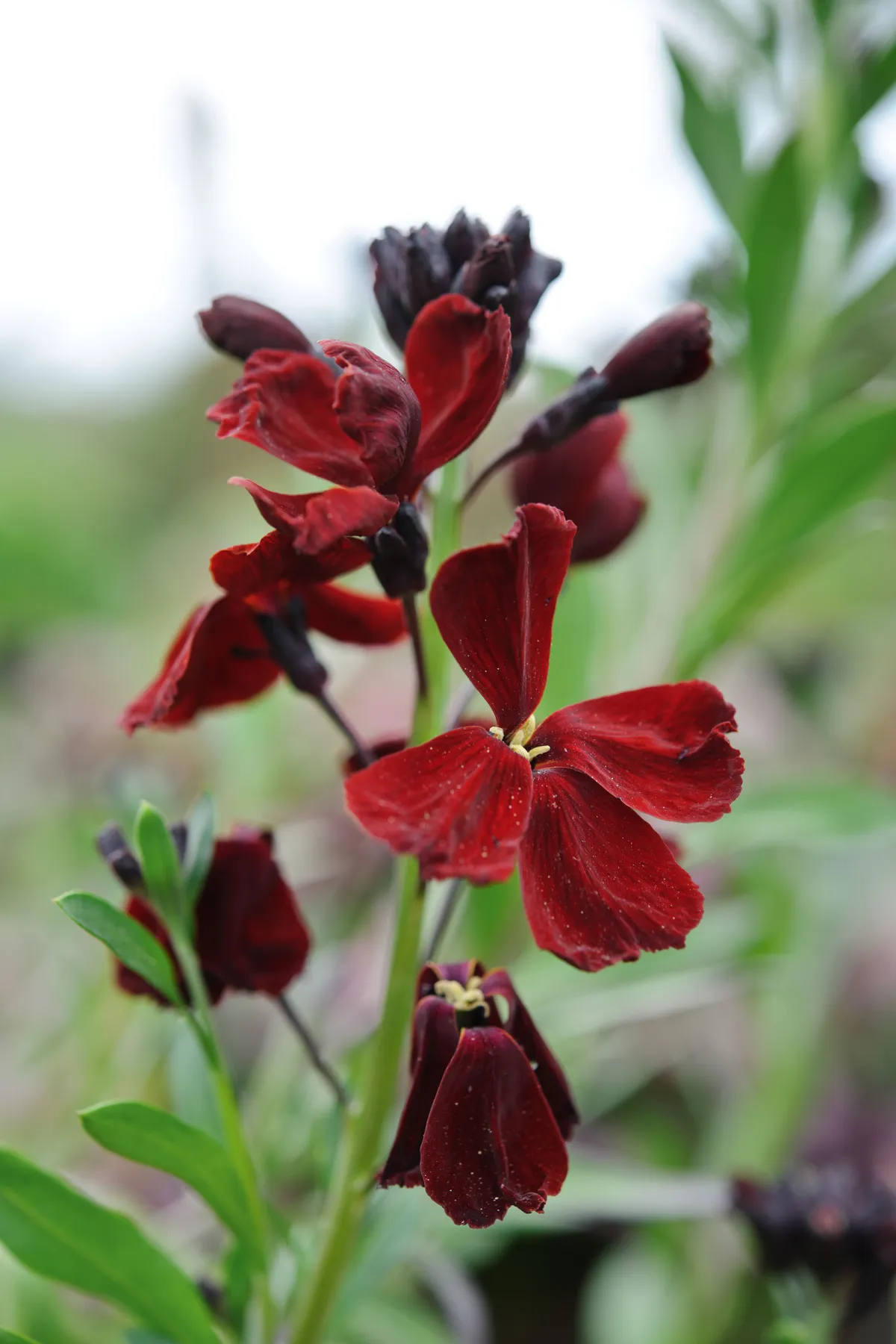
You can see where this deliciously scented wallflower gets its name. Strictly speaking a short-lived sub-shrub, in the UK gardeners tend to grow them as hardy biennials, bedding out in late autumn in readiness for the following spring. Velvet-textured, dark red flowers make an exciting contrast with tulips and the plant copes with a wide range of soils.
Akebia longeracemosa
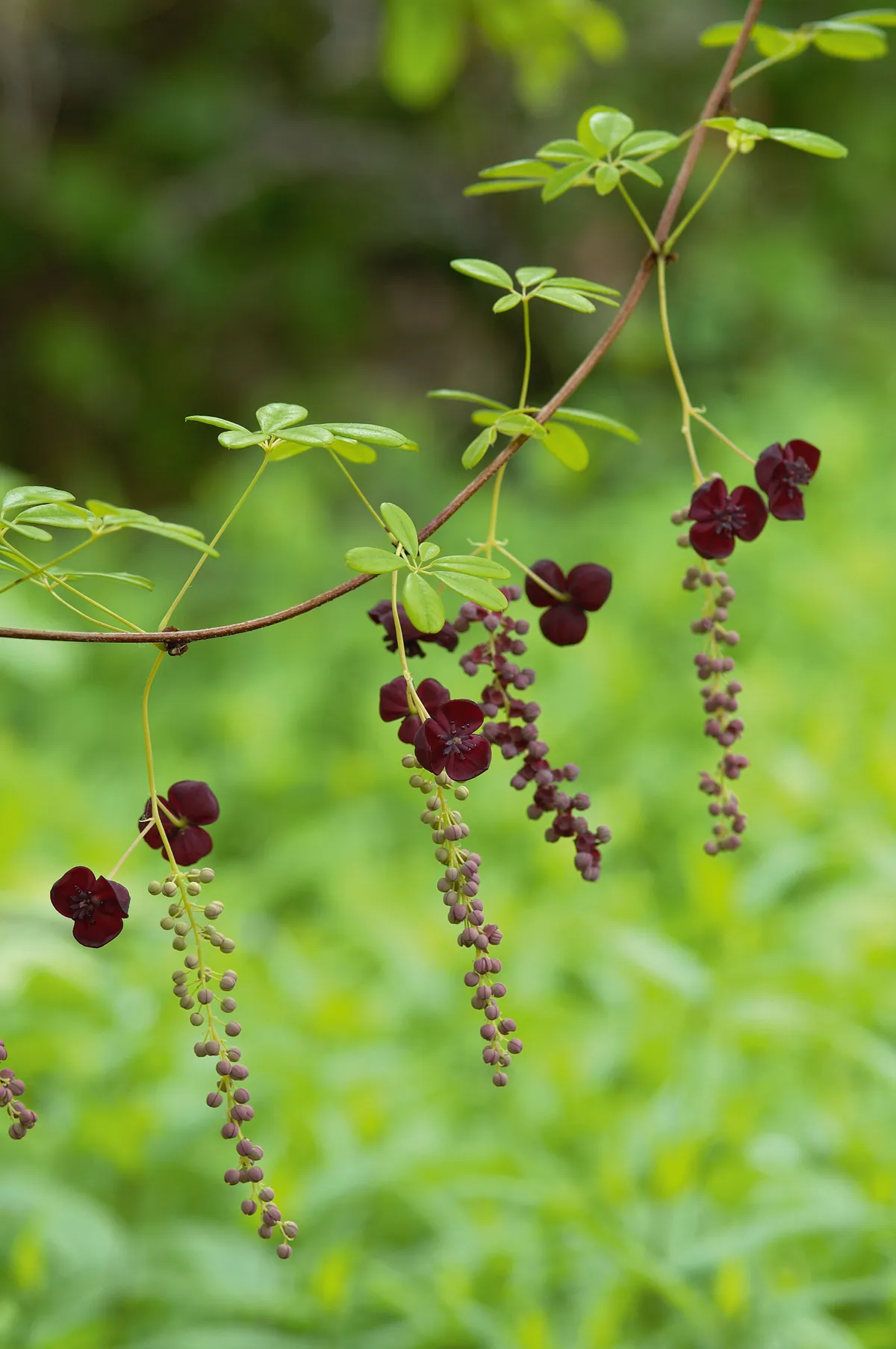
The deep dark red of this climbing plant is almost as black as the night. The flowers smell of custard creams and dangle in grape-like heads topped by the larger, red-black flowers. The plant enjoys sun and well-drained soil, with something to scramble up.
Cornus alba ‘Kesselringii'
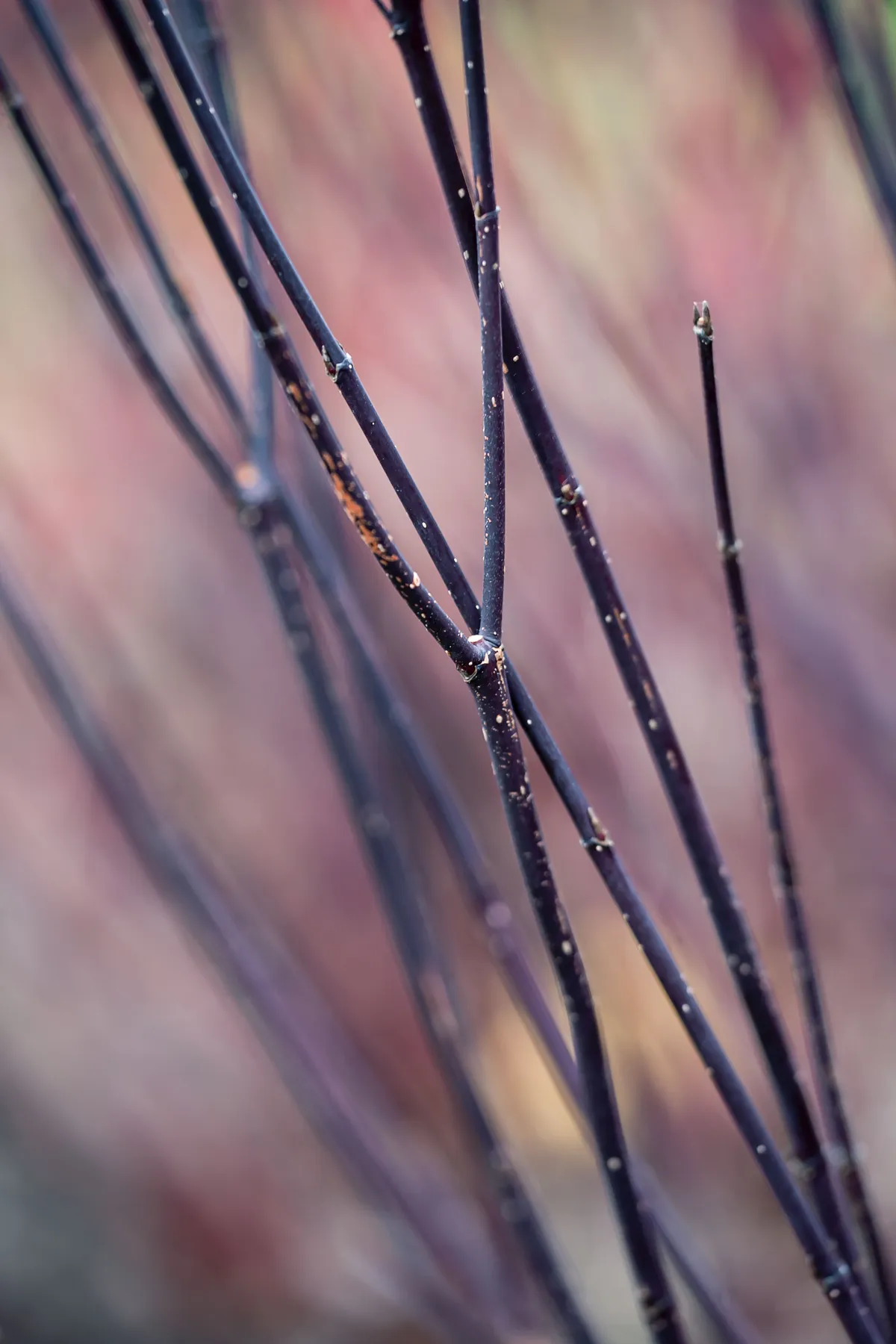
We couldn't resist including more stems, especially the purple-black stems of Cornus alba 'Kesselringii' which appear after the dark green leaves fall in autumn. Dramatic when grown with green and yellow winter stems, or through light and variegated ground cover.
Pennisetum alopecuroides ‘Black Beauty’

A striking, dark-flowered form, with long, cylindrical plumes. This pennisetum has a dark and ghostly feel and favours a moist, free-draining soil that is not too dry. Performs best in southern English counties in a warm, sheltered position.
Here's everything you need to know about pennisetum
Dahlia ‘Black Jack’
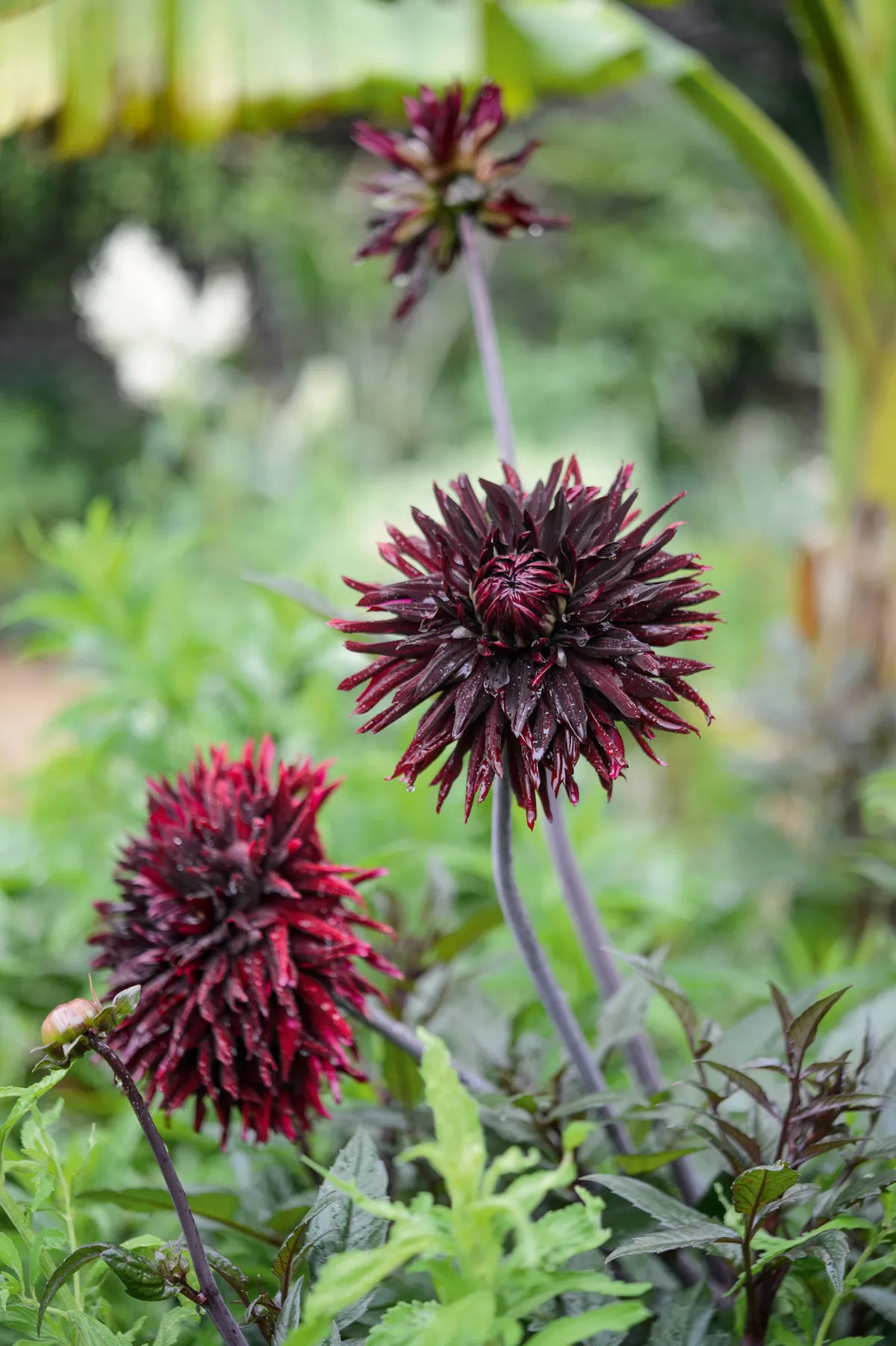
The dahlia with perhaps the darkest black flowers, especially when they first open, eventually gaining a red tint. Dark foliage with stems coated in a dusty bloom. Good cut flower. Needs staking.
Don't miss our piece on how to grow dahlias
Helleborus atrorubens
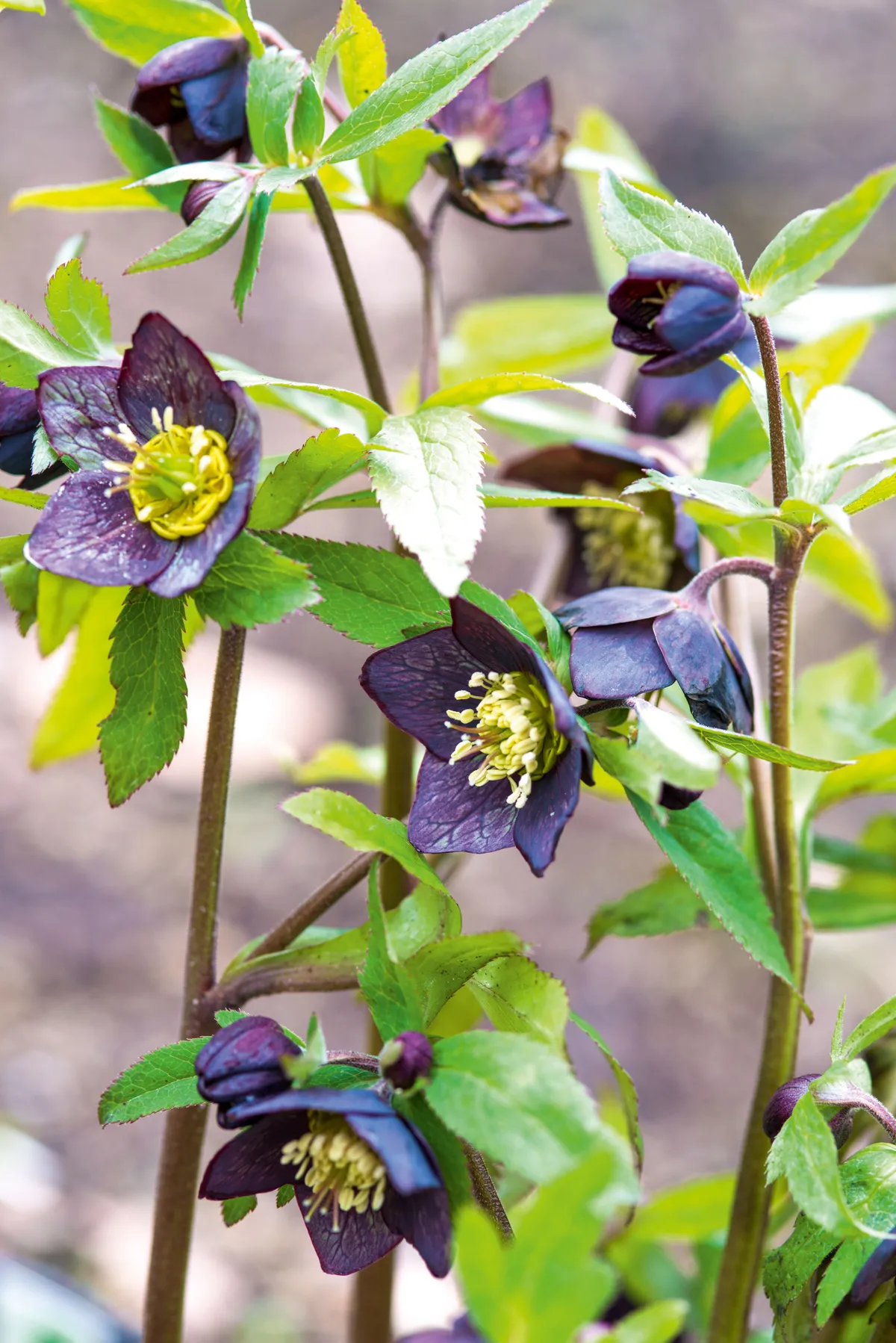
In Slovenia, where it grows in the wild, this hellebore – seldom seen in cultivation – starts flowering in April but in the mild, unstable winters of northwest Europe it usually starts to flower in February. With so many hybrids now flooding European nurseries, it is refreshing to see the subtle charm of the true species. The purple-black colour of this flower makes it perfect for this list, but in the wild most plants have much more green to them. This is the only species where the petals, which are in fact sepals, hold their colour long after pollination. It loves fertile soil, full sun or some shade of deciduous trees.
Here's how to grow and care for hellebores
Anthriscus sylvestris ‘Ravenswing’

Sounding like something out of a Harry Potter book, this cultivar offers the same effortless grace as our native cow parsley, and brings a strong sense of place to garden plantings. The dark-maroon foliage and stems are a great contrast to tulips, alliums, honesty and early performing perennials. Thin the flowering stems to enhance its transparency, particularly at the front of a border, and use the thinnings as cut flowers. It enjoys moist but well-drained soil.
Pennisetum alopecuroides ‘Dark Desire’
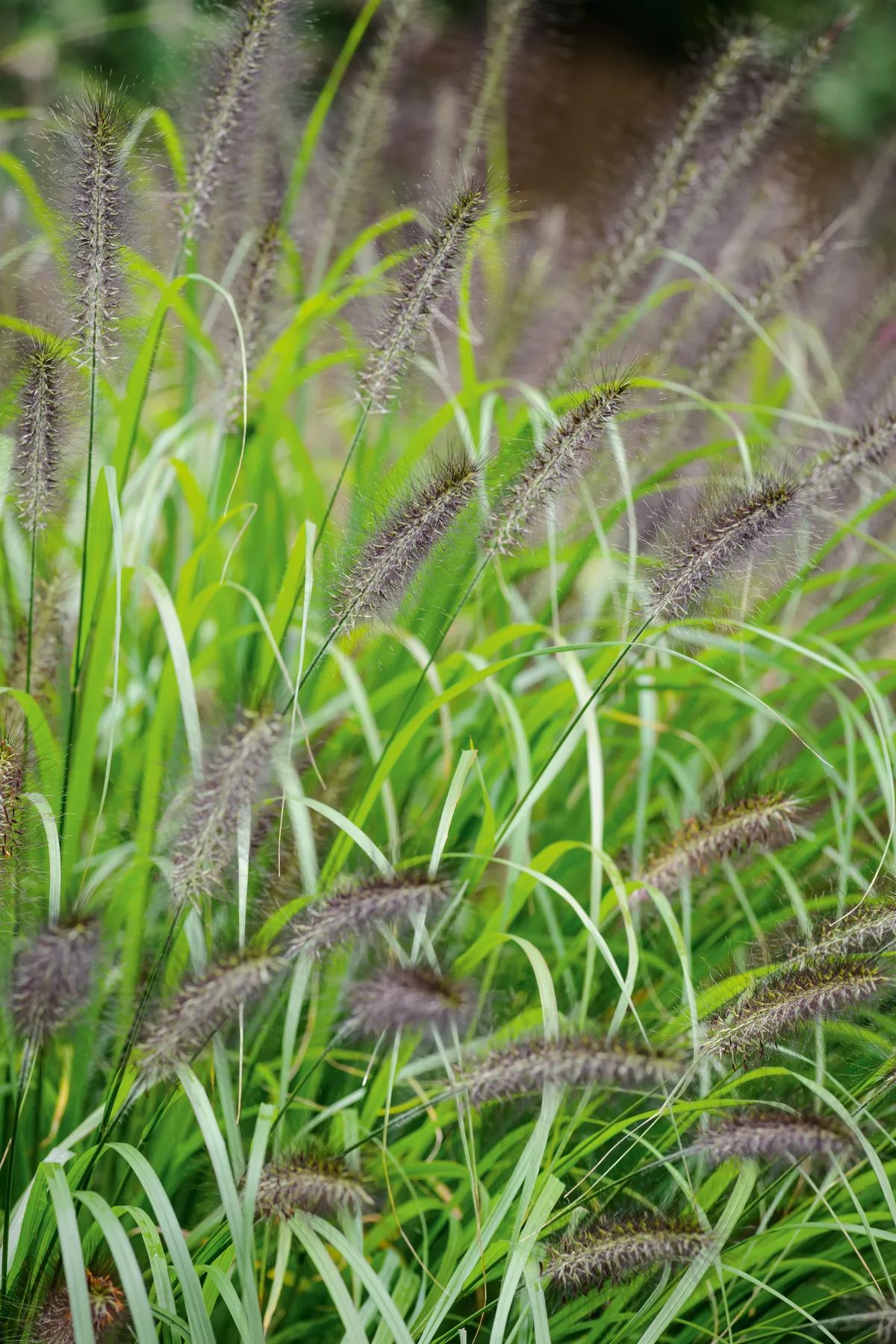
Yet another pennisetum, but imagine all these grasses whispering, spookily away in your garden of dark delights. ‘Dark Desire’ has red, whiskered flowers, above mounds of lush, dark foliage, darken with age. It looks sublime backlit in low autumn sunlight and prefers a sunny spot in good soil that doesn’t sit wet in winter.
Saxifraga ‘Silver Velvet’
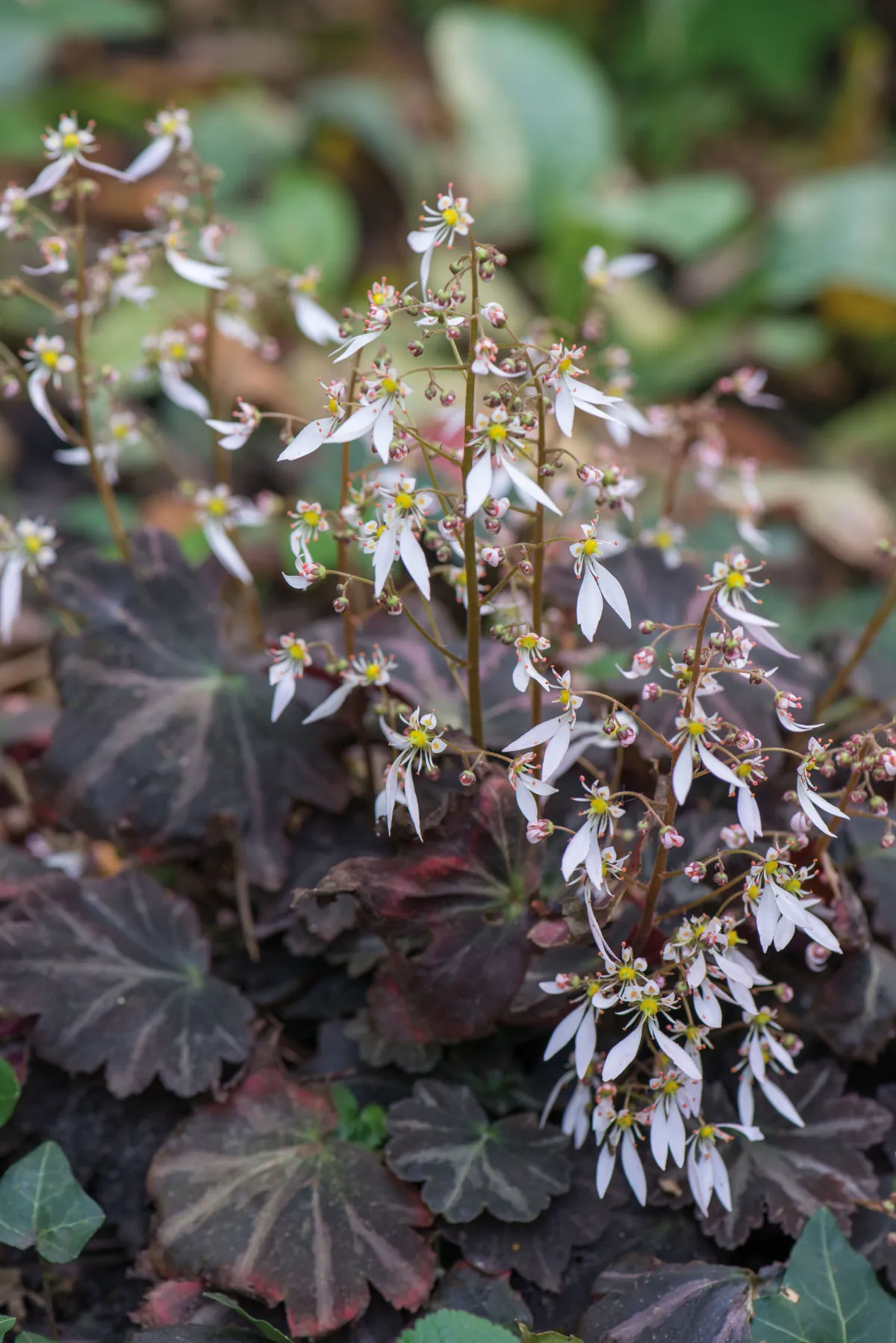
With its velvet red leaves decorated with a silver stripe, this saxifraga is one of the most ethereally beautiful, looking at first sight very similar to a Begonia rex. Its leaves look so soft and beautiful you may feel tempted to lay your head down on this attractive pillow, but if you did you would only destroy the exuberant fairy-like white pinkish blooms that rise above the foliage. It is a slow grower that prefers a soil that is slightly acidic.
Tulipa ‘Black Hero’
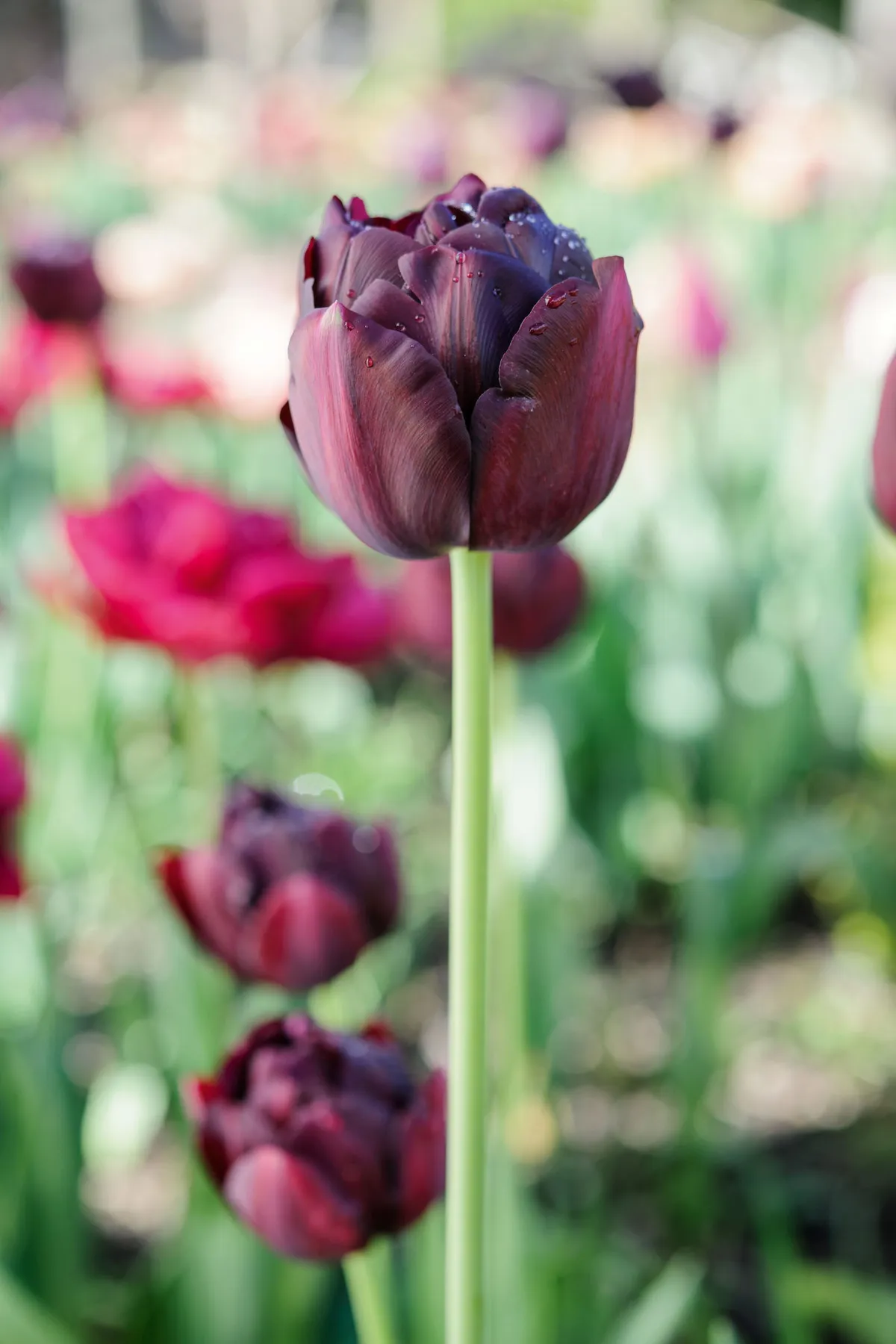
This tulip stands out from the crowd with its artichoke-like, almost-black, flowers, ‘Black Hero’ really hits the spot and is a somewhat more sophisticated selection than the popular ‘Queen of Night’. A tall, upright form that flowers a little later than most, it likes well-drained, reasonable garden soil in full sun to part shade.
Discover 21 one of the best tulips to grow.
Allium atropurpureum
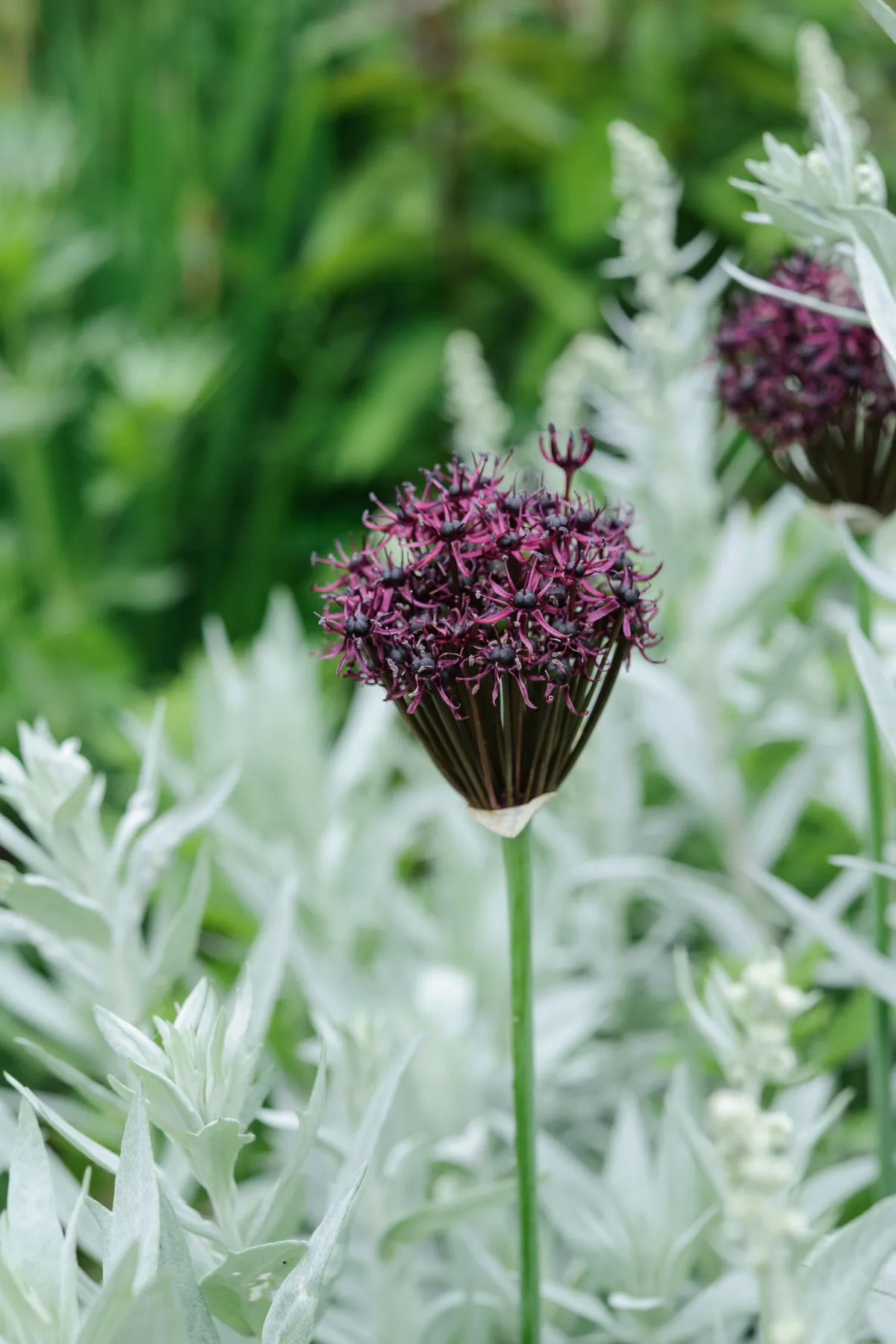
Not only is its colour a deep, dark purple, its spiky flowers are a little reminiscent of devil's horns. This is not one of those alliums that increases each year and clumps up beautifully. However, that is easy to forgive because the intense, dark-purple flowers work so well with perennials. It likes moist but well-drained soil in full sun.
For more decorating inspiration, see our guide to the best outdoor Halloween décor you can buy for your porch or front garden this year, or read up on pumpkin carving.